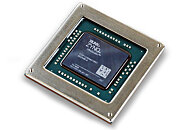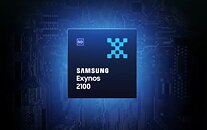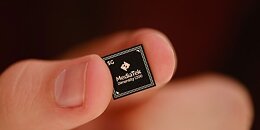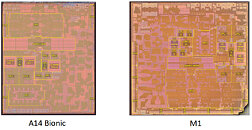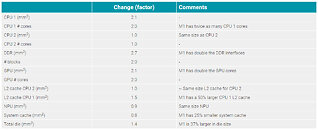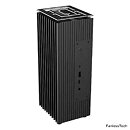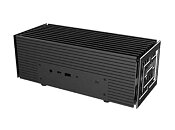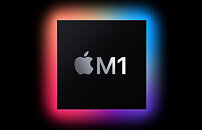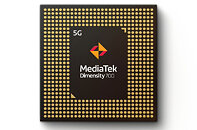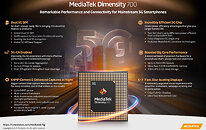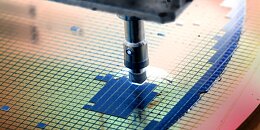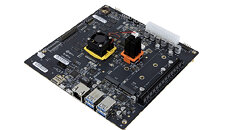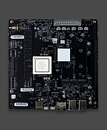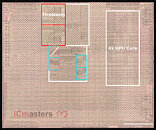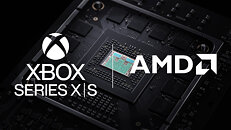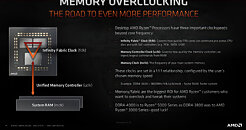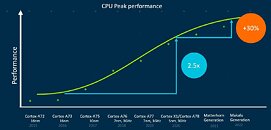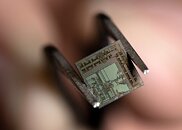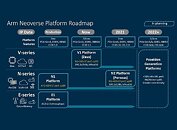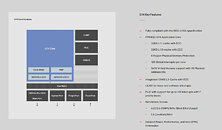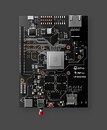Xilinx Collaborates with Fujitsu to Support 5G Deployments in the US
Xilinx, Inc.,, the leader in adaptive computing, today announced that the company is supplying its leading UltraScale+ technology to Fujitsu Limited for its O-RAN 5G radio units (O-RUs). Fujitsu O-RUs using Xilinx technology will be deployed in the first O-RAN-compliant 5G greenfield networks in the U.S. Fujitsu is also evaluating Xilinx RFSoC technology to further reduce cost and power consumption for additional future site deployments.
Fujitsu O-RUs are ideal for a broad-range of spectrum and multi-band applications for 5G O-RAN networks. The Xilinx UltraScale+ devices used within Fujitsu O-RUs deliver the best balance of cost economies as well as the adaptability and scalability required for the evolving needs of 5G O-RAN network requirements. Additionally, Xilinx will continue to work with other O-RAN ecosystem partners to ensure continued validation of the hardware and software necessary for world-class 5G networks.
Fujitsu O-RUs are ideal for a broad-range of spectrum and multi-band applications for 5G O-RAN networks. The Xilinx UltraScale+ devices used within Fujitsu O-RUs deliver the best balance of cost economies as well as the adaptability and scalability required for the evolving needs of 5G O-RAN network requirements. Additionally, Xilinx will continue to work with other O-RAN ecosystem partners to ensure continued validation of the hardware and software necessary for world-class 5G networks.
